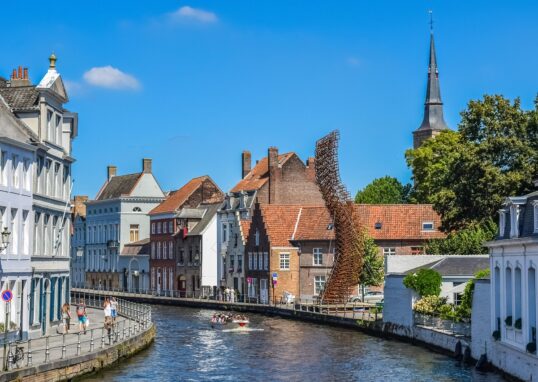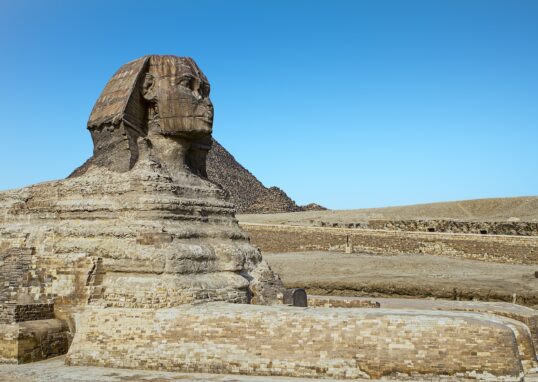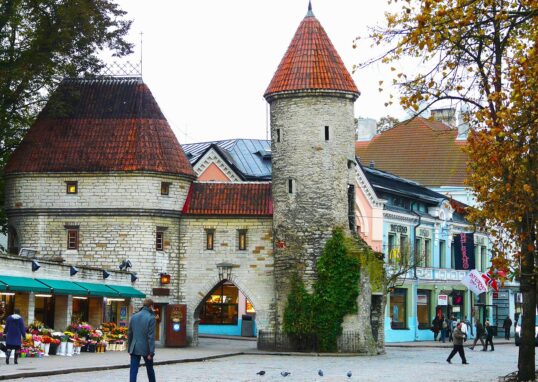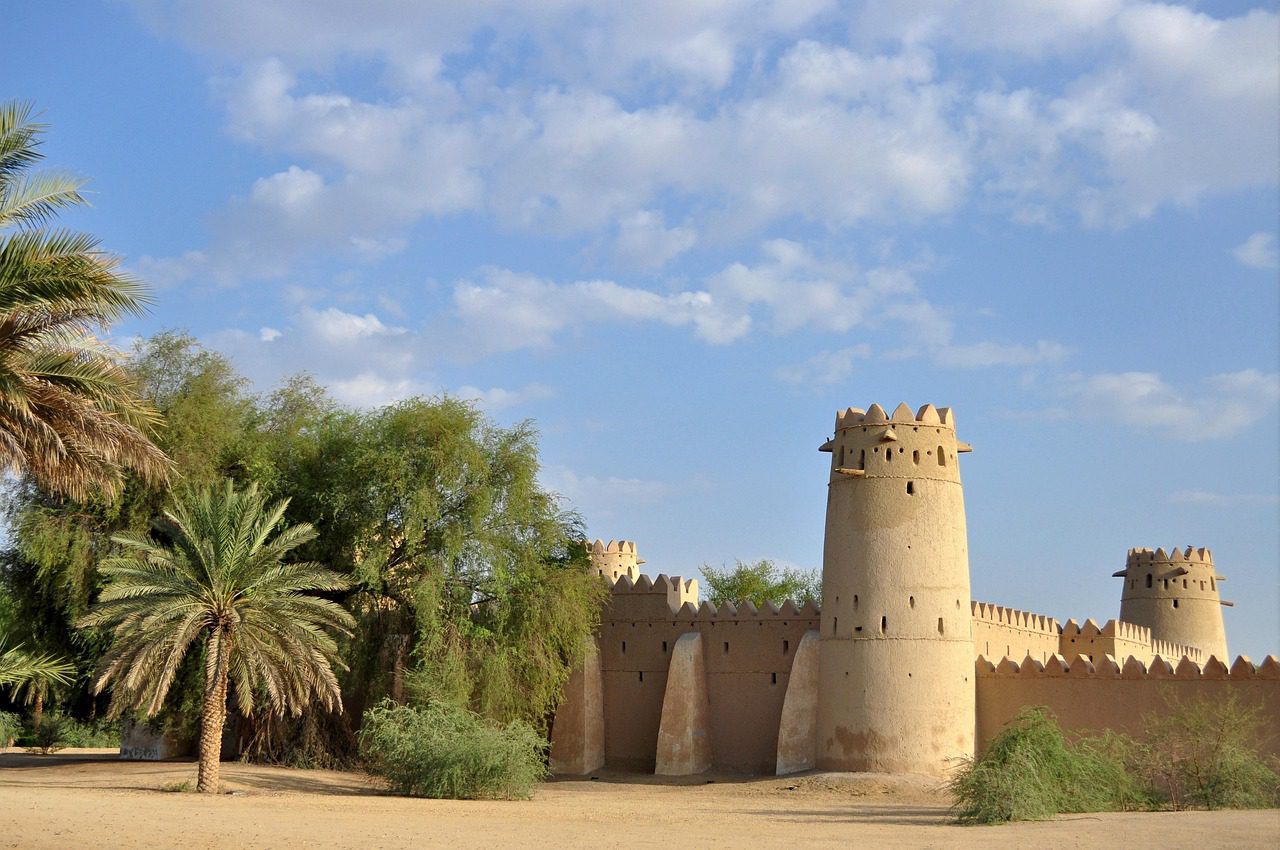
🌴 Al Ain, Abu Dhabi, United Arab Emirates
Al Ain is among the most beautiful and historic cities in the UAE. It lies to the east of Abu Dhabi Emirate, near the border with Oman. Al Ain literally translates from Arabic as “The Spring” or “The Eye”, relating to the natural water sources that have kept this area fertile for thousands of years. It is often called the “Garden City of the Gulf” because of the many parks, palm plantations, and natural oases that abound. It is a green city, tranquil, with trees and gardens that relieve the eye from the surrounding desert scenery. Today, Al Ain is a UNESCO World Heritage Site due to the ancient cultural landscape, historical forts, and archaeological remains that evidence human habitation for more than 4,000 years. It is where history meets modern life.
Geography and Location
Al Ain is situated approximately 160 kilometers east of Abu Dhabi city and about 120 kilometers south of Dubai. The city lies at the edge of the Hajar Mountains, which separate the UAE from Oman. This locality gives it a rather cooler climate compared to Abu Dhabi and Dubai on the coast. The city is in a big oasis area, watered by subterranean springs and an ancient irrigation system called falaj. Such falaj canals were a traditional means of conducting water from underground sources to farms and gardens; a system that has existed here for over 1,000 years. The landscape around is made up of mountains, dunes, rocky plains, and green oases. It is one of the few places in the UAE where you can see all these natural features in one area.
Historical Background
Al Ain is a city with very deep historical roots. Archaeologists have found evidence of human settlement as early as the Bronze Age, dating to about 3000 BCE. The Hili Archaeological Park and Bidaa Bint Saud sites are considered two of the oldest and most significant historical localities in the UAE. In ancient times, Al Ain had been an important center for trading and farming. The caravans between Oman and the Arabian Gulf would stop here in this oasis for rest and to get water. In fact, the oasis brought life to traders, farmers, and travelers alike. Al Ain became a part of the Al Nahyan dynasty’s control over Abu Dhabi during the 19th century. The late Sheikh Zayed bin Sultan Al Nahyan, founder of the UAE, was born in Al Ain in 1918. His early life in this green city significantly molded his perceptions on how best to develop the whole country while preserving its natural and cultural heritage. Due to its historical importance, UNESCO recognized Al Ain’s cultural sites as a World Heritage Site in 2011.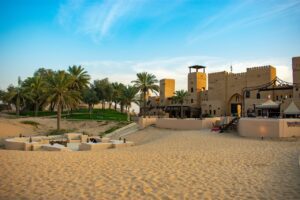
Climate
Al Ain has a desert climate; it is mostly cooler and greener compared to other parts of the UAE. Summers in this area can be very hot, reaching more than 45°C or 113°F. The winters are cool and pleasant, with temperatures ranging between 18°C to 25°C or 64°F to 77°F. Rain is rare, but when it does come, it usually falls between January and March. Because of the oases and mountain breezes, Al Ain seems fresher than coastal cities. This makes it a favorite weekend destination for those residing in Abu Dhabi or Dubai.
Major Attractions in Al Ain
Al Ain is indeed filled with attractions showcasing its history, nature, and culture. Every place has its own uniqueness-from ancient tombs to modern zoos and museums.
Al Ain Oasis
The Al Ain Oasis forms the heart and soul of the city and is one of the largest in the UAE. It measures over 1,200 hectares, with over 147,000 date palm trees. Visitors can take leisurely strolls down shaded pathways and observe the ancient falaj irrigation channels that still bring water from subterranean wells to the trees. Within the oasis, there is a special Eco-Center that explains the sustainable farming that has been in place here for centuries. The peaceful environment and the sound of running water make this oasis very pleasant for walks and cycling.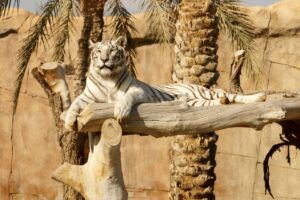
Al Jahili Fort
It is also one of the most famous Al Ain landmarks; the Al Jahili Fort was built in the 1890s by Sheikh Zayed bin Khalifa Al Nahyan, otherwise known as Zayed the Great, to safeguard the oasis and affirm the power of the ruling family. Beautifully restored, the fort now houses a visitor center and an exhibition on the British explorer Wilfred Thesiger, who crossed the Rub’ al Khali desert, or Empty Quarter, in the 1940s. The thick mud walls and circular watchtowers show traditional Emirati architecture at its best.
Qasr Al Muwaiji
This historic fort was once home and workplace of the late Sheikh Zayed bin Sultan Al Nahyan, UAE’s founding father. Today, Qasr Al Muwaiji is a museum depicting an inspiring story about the early life and leadership of Sheikh Zayed. The fort contains a number of interactive exhibits, photographs, and original artifacts related to the history of how Al-Ain played an important role in the unification of the UAE.
Hili Archaeological Park
The Hili Archaeological Park is one of the major archeological sites in the UAE, containing ancient tombs, houses, and irrigation systems dating well over 4,000 years. One of the tombs, Hili Grand Tomb, was a large, circular stone structure that stands as one of the best-preserved examples of Bronze Age architecture in Arabia. Visitors are allowed to walk around the site and imagine how life must have been for early settlers farming here thousands of years ago.
Jebel Hafeet
Jebel Hafeet is a mountain towering above Al Ain, rising to 1,240 meters. It is the second-highest peak in the UAE and commands views of the desert and city below. The Jebel Hafeet Road is famous for its winding curves; the drive up the mountain has almost invariably been rated among the best mountain drives in the world. At the foot of the mountain, there is the Green Mubazzarah-a park with hot springs, picnic spots, and small lakes. Many families come to this place to spend weekends camping and having fun.
Al Ain Zoo
The Al Ain Zoo, one of the largest and oldest zoos in the Arabian Peninsula, was established by Sheikh Zayed in 1968. It has a collection of more than 4,000 animals that includes many endangered species, such as the Arabian oryx, white lion, and giraffe. Not only will a zoo provide entertainment, but it is also meant for conservation. It undertakes breeding programs to protect animals from extinction. The Safari Park at the zoo offers a unique encounter with wildlife where visitors can see animals roaming in large open areas.
Al Ain National Museum
The Al Ain National Museum is the oldest museum in the UAE, displaying artifacts that narrate the history of the region, starting from prehistoric times to the modern era. There are various displays like pottery, jewelry, weapons, and coins found at archaeological sites nearby. The museum also has a section on the life and traditions of the Bedouin people, showing how they survived in the desert by being resourceful and having strong community ties.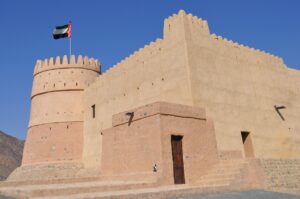
Al Qattara Arts Centre
Situated within a restored fort, the Al Qattara Arts Centre is a facility where artists, students, and visitors take part in cultural activities. Art exhibitions, workshops, and music performances are also held here. It is a center that fuses the traditional Emirati architecture with modern design. It also fosters cultural awareness by exhibiting local and international art.
Camel Market (Souq al Jamal)
The Camel Market in Al Ain is one of the few traditional livestock markets remaining in the UAE. It is a very interesting place to visit and observe how camel trading has been part of Emirati culture for a long period of time. Here, traders from all over the country come to buy and sell camels, goats, and sheep. Visitors can take photos, interact with sellers, and learn about the importance of camels in Arabian life.
Green Mubazzarah
The Green Mubazzarah area lies at the foot of Jebel Hafeet. It has hot mineral springs, green lawns, and small lakes surrounded by desert hills. It is a great place for families to come for picnics, barbecues, and hiking. Small chalets and cabins are also available for overnight stays.
Cultural Life
Al Ain represents traditional Emirati culture with modern development. Hospitality, respect, and family life are core values among the people of this city. Cultural events, including heritage festivals, camel races, and falconry displays, are regularly organized. Workshops and local markets help promote traditional crafts like pottery, weaving, and the making of baskets from palm fronds. The Cultural Festival in Al Ain is an annual event showcasing the city’s music, dance, and folklore.
Education and Research
Al Ain has gained a reputation as one of the UAE’s educational focal points. The United Arab Emirates University, the country’s first and largest university, is located here; it attracts students from across the Middle East and beyond. Other educational institutes are Higher Colleges of Technology and Al Ain University of Science and Technology.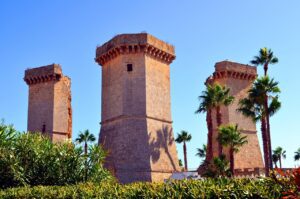
Economy
The economy of Al Ain is diverse. Agriculture remains important, whereby the region produces dates, fruits, and vegetables. However, tourism, education, and industry also play major roles. Manufacturing, food processing, and construction materials are some of the focuses at Al Ain’s industrial zones, amongst others such as Al Ain Industrial City. The tourism sector continues to grow in the city due to World Heritage sites, mountain scenery, and a peaceful atmosphere. There are often visitors from other towns coming here for short breaks or weekend holidays.
Surrounding Places
There are plenty of interesting places around Al Ain.
Buraimi, Oman
The town of Al Buraimi is just across the border in Oman, sharing cultural and historic ties with Al Ain. These two cities were once part of the same region before the UAE’s formation. Buraimi has forts, markets, and date plantations just like Al Ain.
Liwa Oasis
The Liwa Oasis, located about 250 km southwest of Al Ain, is an extensive stretch of greenery on the edge of the Rub’ al Khali — the world’s largest sand desert. This place is famous for its high dunes of sand, date farms, and the annual Liwa Date Festival.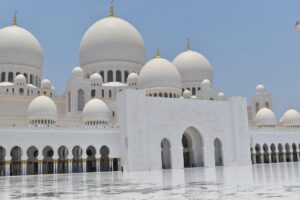
Abu Dhabi City
In two hours, you can get to the capital city of the UAE: Abu Dhabi. It houses modern attractions such as the Sheikh Zayed Grand Mosque, Louvre Abu Dhabi, and Corniche Beach.
Dubai
To the north, another two-hour drive brings you to Dubai. It is known for its skyscrapers, luxury shopping malls, and entertainment parks. Many tourists combine a visit to Al Ain with a trip to Dubai and Abu Dhabi.
Transportation and Access
Modern highways connect Al Ain with other major UAE cities. The E22 road links it with Abu Dhabi, while the E66 road links it with Dubai. The city operates its own Al Ain International Airport, which runs mainly domestic and regional flights. Public transportation within the city is by buses and taxis, which are safe and affordable.
Future Development
Al Ain is growing but still retaining its heritage. The local government is developing eco-friendly tourism projects and sustainable housing developments. Plans include increasing cultural tourism, enhancement of Al Ain Zoo Safari Park, and the addition of green areas. Despite modernization, the city is still channeled to retain its traditional identity and natural beauty.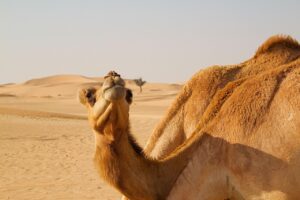
Conclusion
Al Ain is a place of balance-between the old and the new, the desert and the oasis, the mountains and the plains. It is a living symbol of how life has flourished in the heart of the desert for thousands of years. Visitors to Al Ain experience not just a city, but a journey through history, culture, and nature. Whether you explore ancient tombs, wander through palm oases, or relax at mountain springs, Al Ain offers something timeless — the spirit of the UAE’s past and the promise of its future. It remains one of the most peaceful, green, and historically rich destinations in the Arabian Peninsula – a true “Garden City” in the desert.


